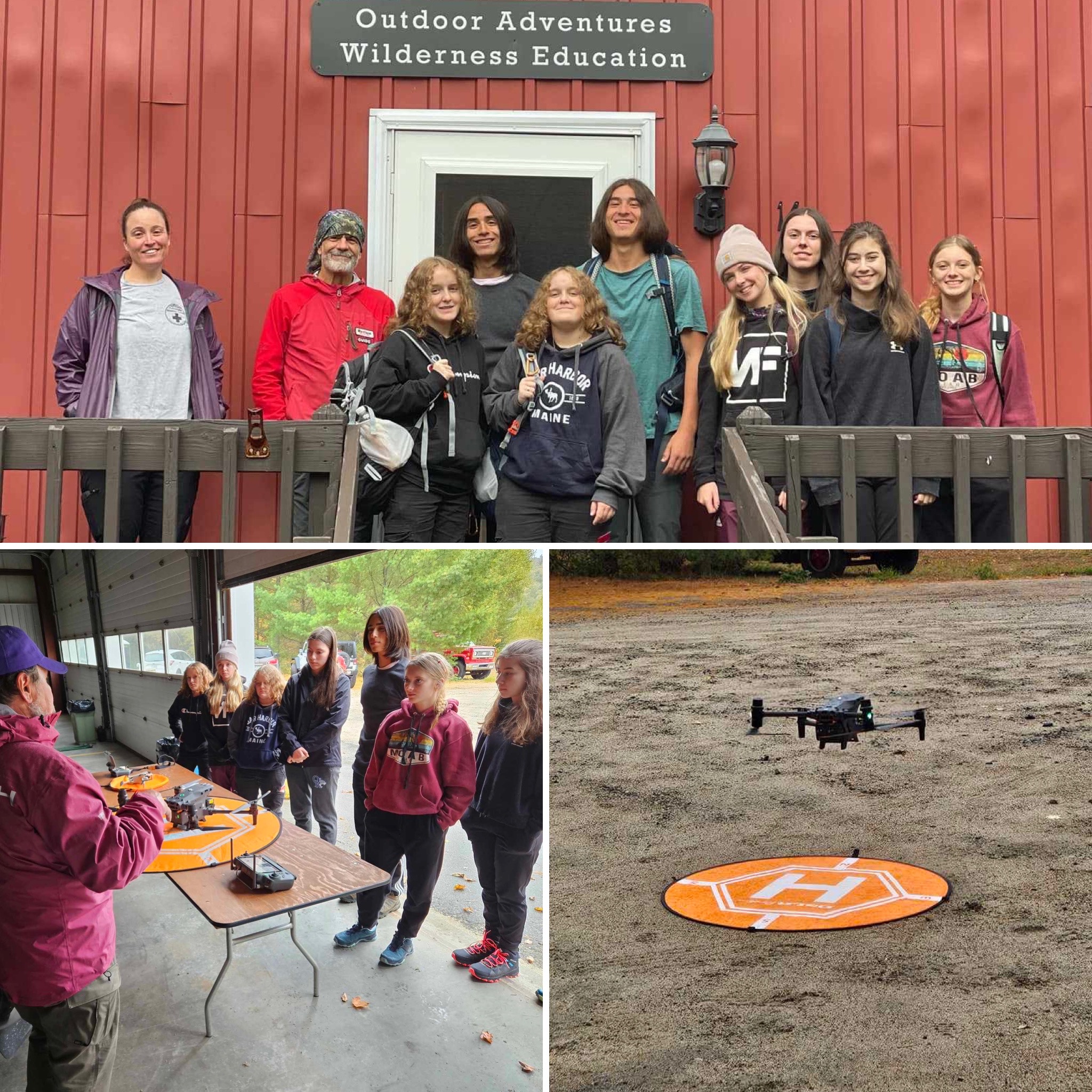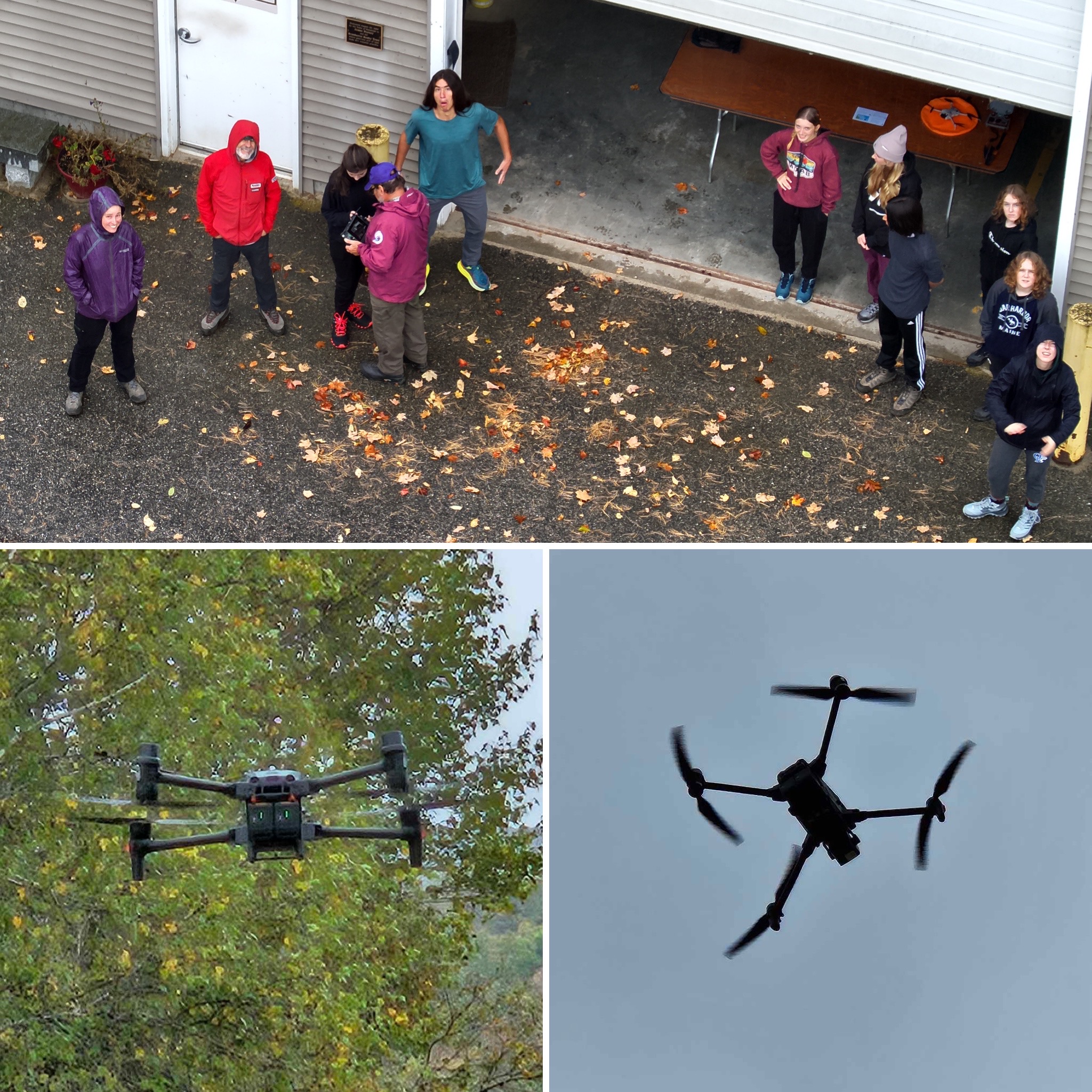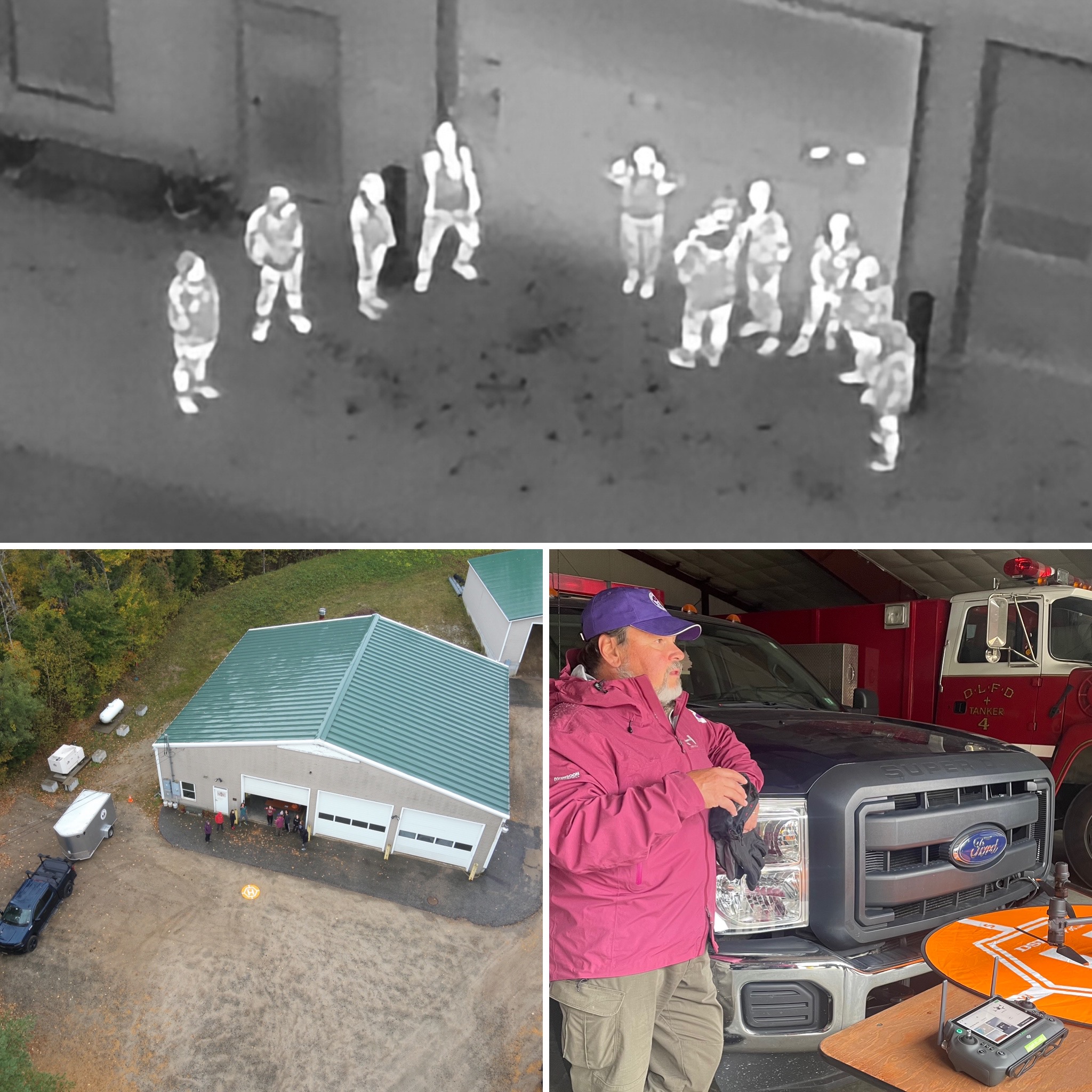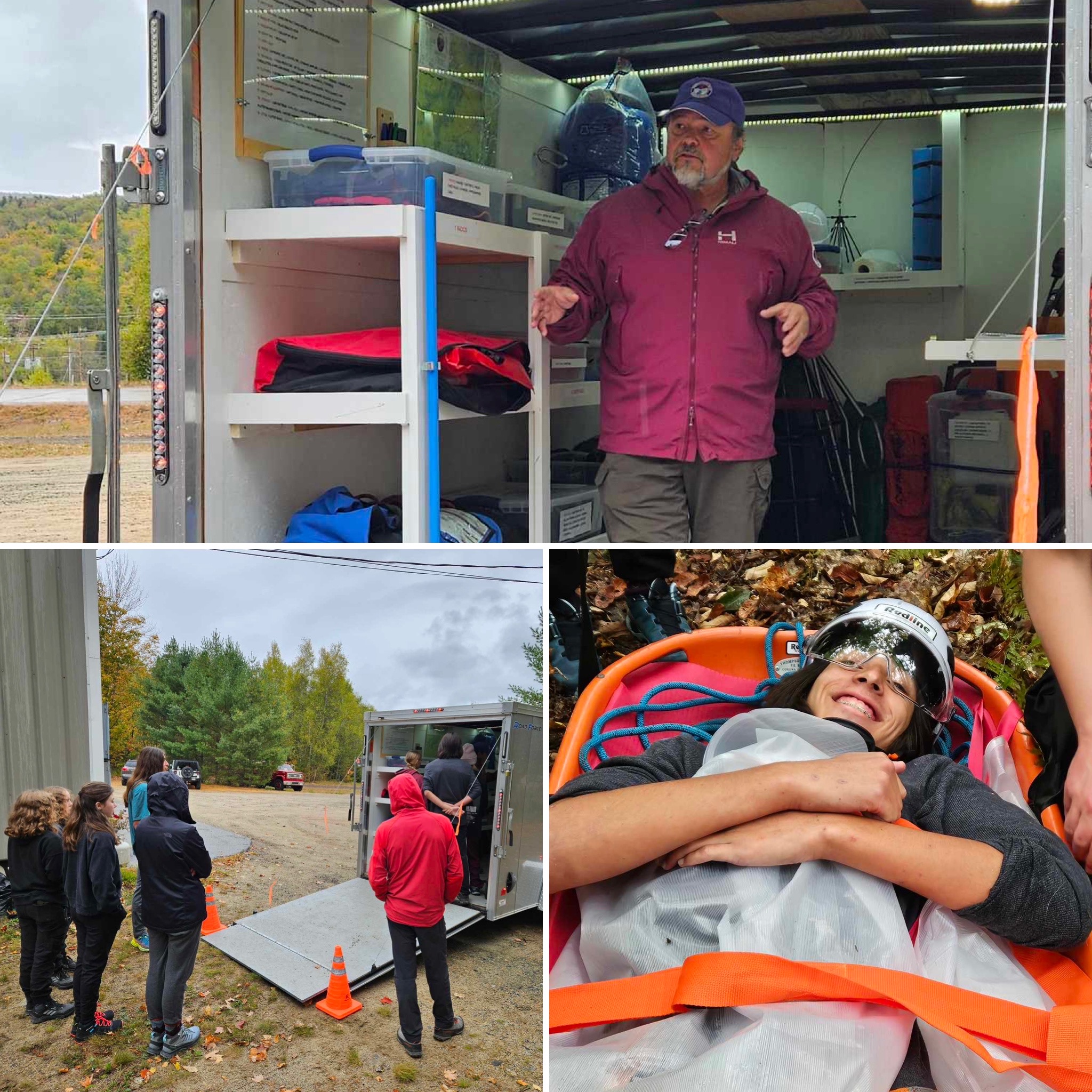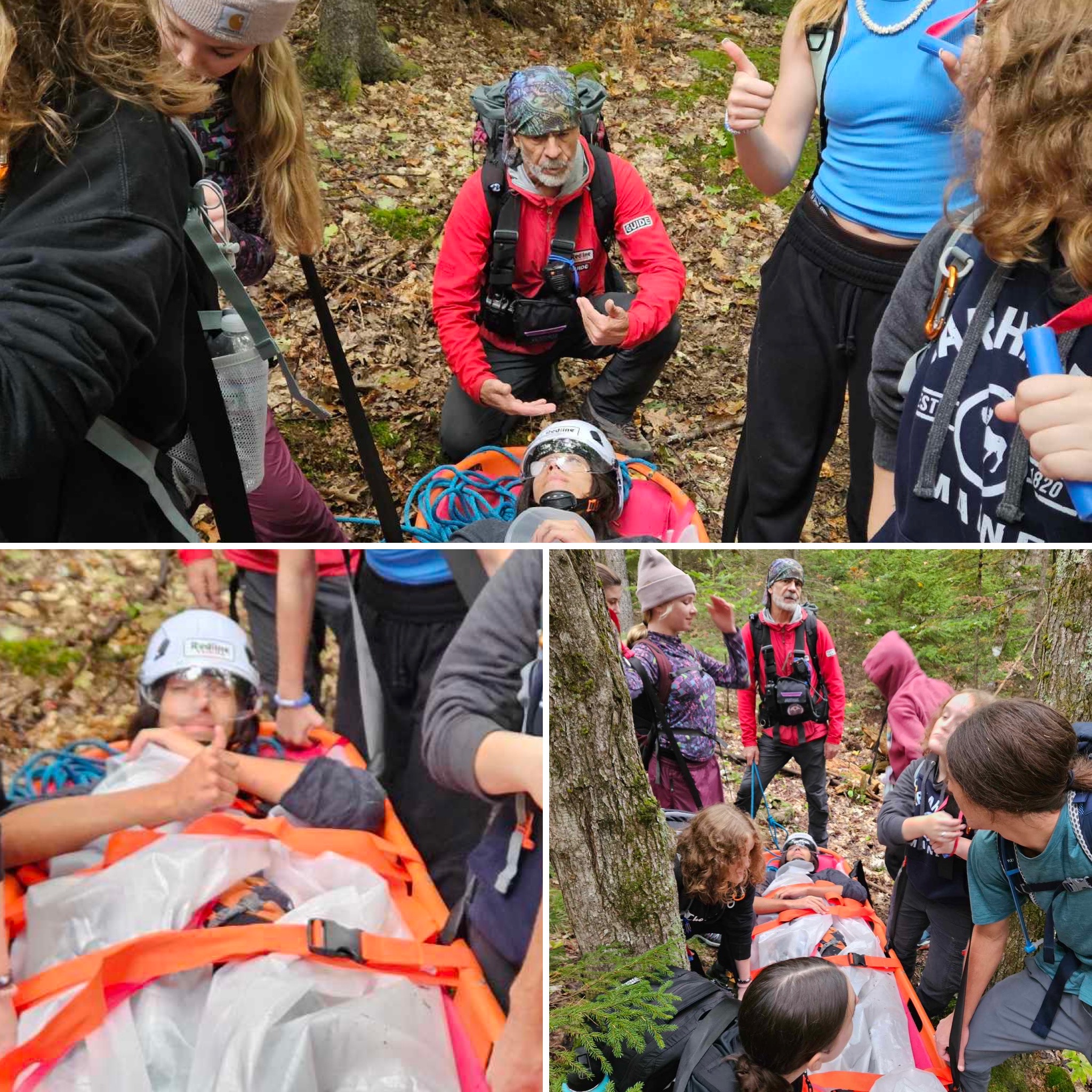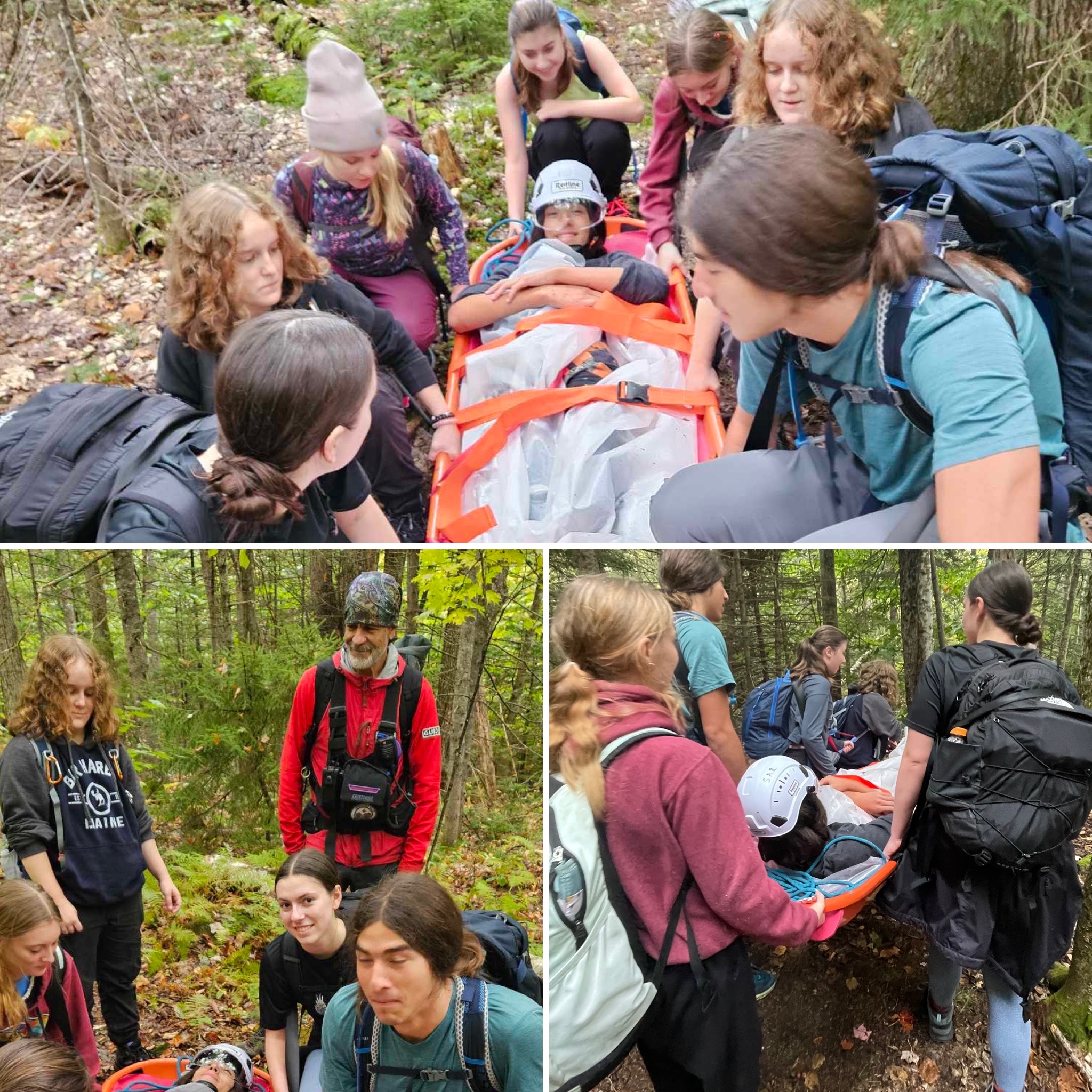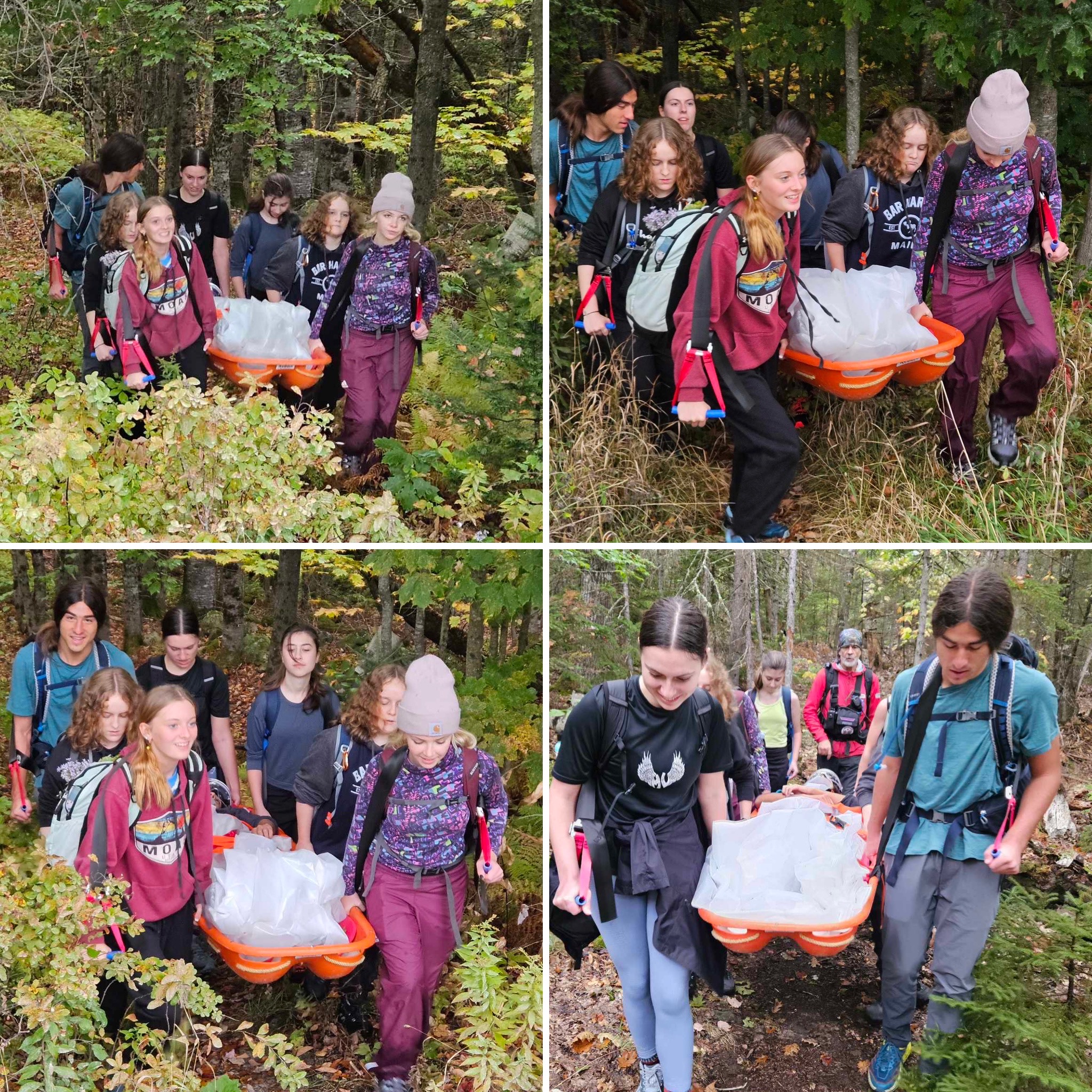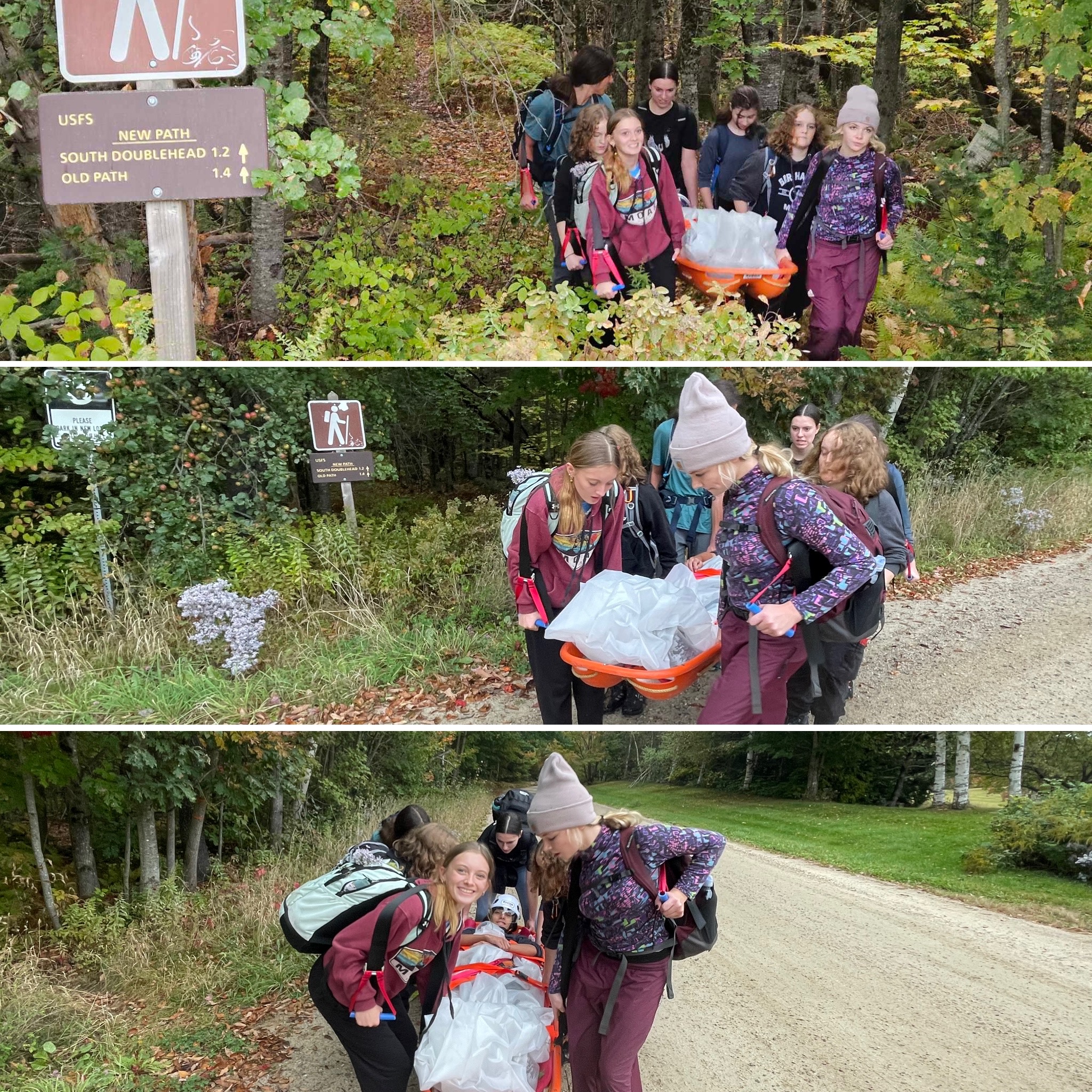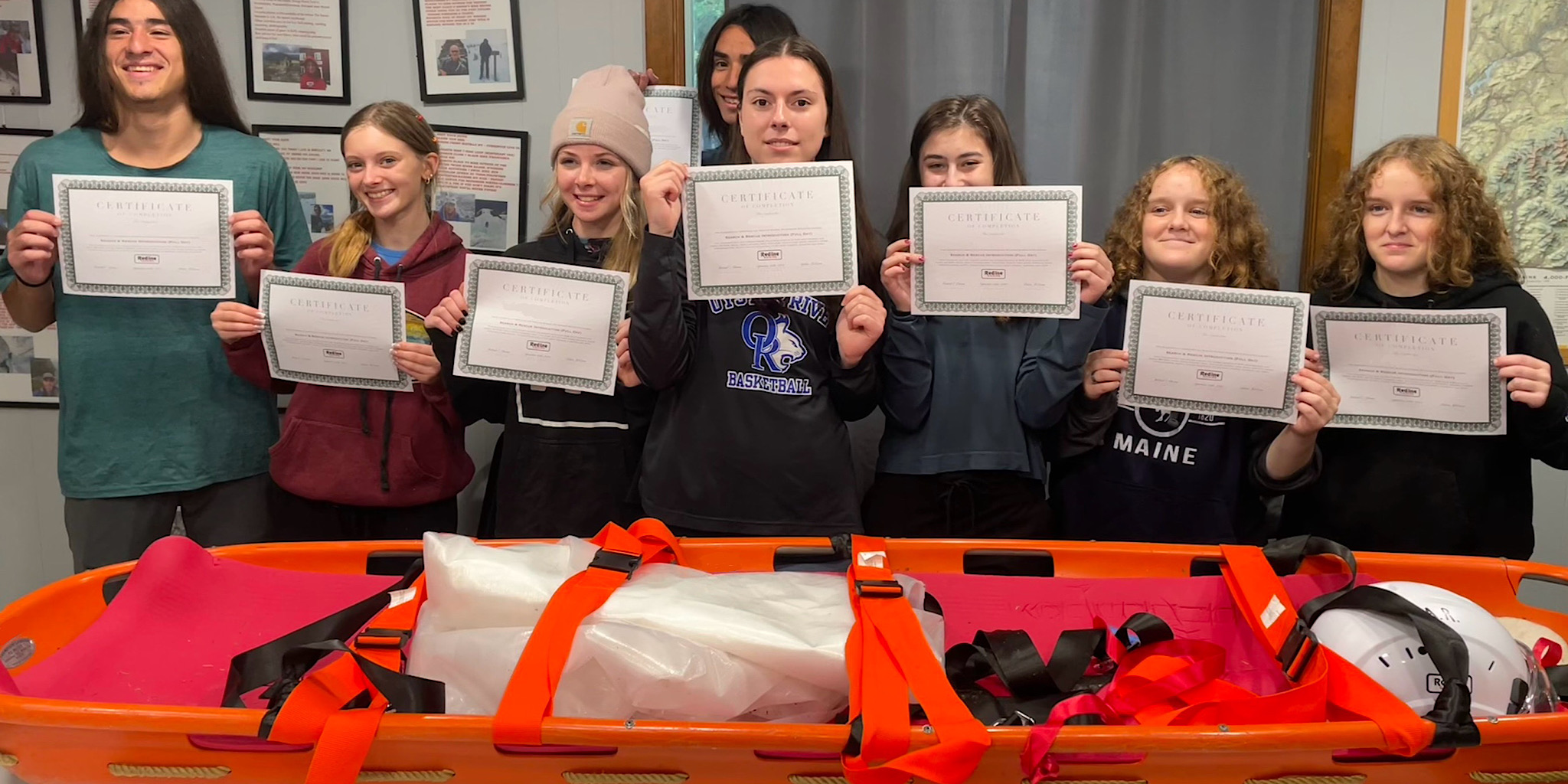A southern New Hampshire group of homeschoolers approached us wanting an introduction to the world of Search and Rescue (SAR). The parents felt this would be a good topic with which their students could broaden their horizons. Collectively we have a wealth of experience and we were all for it figuring in the worst case it would at least deepen their understanding of such matters. And we figured in the best case it would excite these youths enough to inspire them to someday join the ranks of the men and women who volunteer, heading out to help others. To aid the ill and injured, to find those who become lost, and in the saddest cases provide closure to the bereaved.
This isn’t a regular educational offering — though it will likely become one in the very near future — but we accepted the challenge, outlined a workable program timeline, and began working on procuring assets. It took a few weeks but we felt we were ready to put ourselves to the test. We set a date with the students — an eager bunch ages 14-18.
In brief we began the class with general details about the subject, what it means to those who involve themselves, and myriad other details. We then delved into discussion about various mechanisms of injury, the nature of illnesses, and other related topics from the medical side of things. This we followed with some stories from the field before heading out for a little field trip to the Randolph Municipal Building and Fire House.
There we met with Androscoggin Valley Search And Rescue (AVSAR) O.G. Ray Cotnoir. Ray showed the students the organization’s trailer sharing its functions and also showed off some high tech drones. He even sent one aloft on a short sortie to better reveal its impressive capabilities (see some of the photos it took, below).
After this 45 minute diversion it was time to head back to play out a basic scenario prepping and packaging a “patient” with an all-too-common lower leg injury for a litter ride out of the woods. We covered all the bases, even making sure the patient relieved themselves before strapping them in. For our scene we chose the New Path trail which rises to the South Doublehead ridge in Jackson. For this group of beginners, this proved to be a good choice. Especially since the rocks and roots on trail were wet. We didn’t want to end up with a real patient. At first the group was a little uncoordinated but they listened intently and were soon transporting the patient with ease being mindful of balance, keeping the head end up, and so much more. Before long they were working as a team, helping each other succeed. We were proud to see them in action.
Teaching this course was Redline Guides Mike Cherim and Debra McCown. But they couldn’t have done this on their own. Inasmuch, in addition to the parents and students, we’d like to extend our thanks and appreciation to several people and agencies. Specifically we’d like to thank AVSAR, its Board of Directors, Paul Cormier, Tim Mather, and Ray Cotnoir, as mentioned. We’d also like to thank Mountain Rescue Service (MRS), and Michael Wejchgert. Additionally we’d like to thank the Town of Randolph, and last but not least, Ragged Mountain Equipment in Intervale. Everyone involved helped the day be a successful one.
Now for some photos (by Mom 1, Ray, Debra, and Mike):
